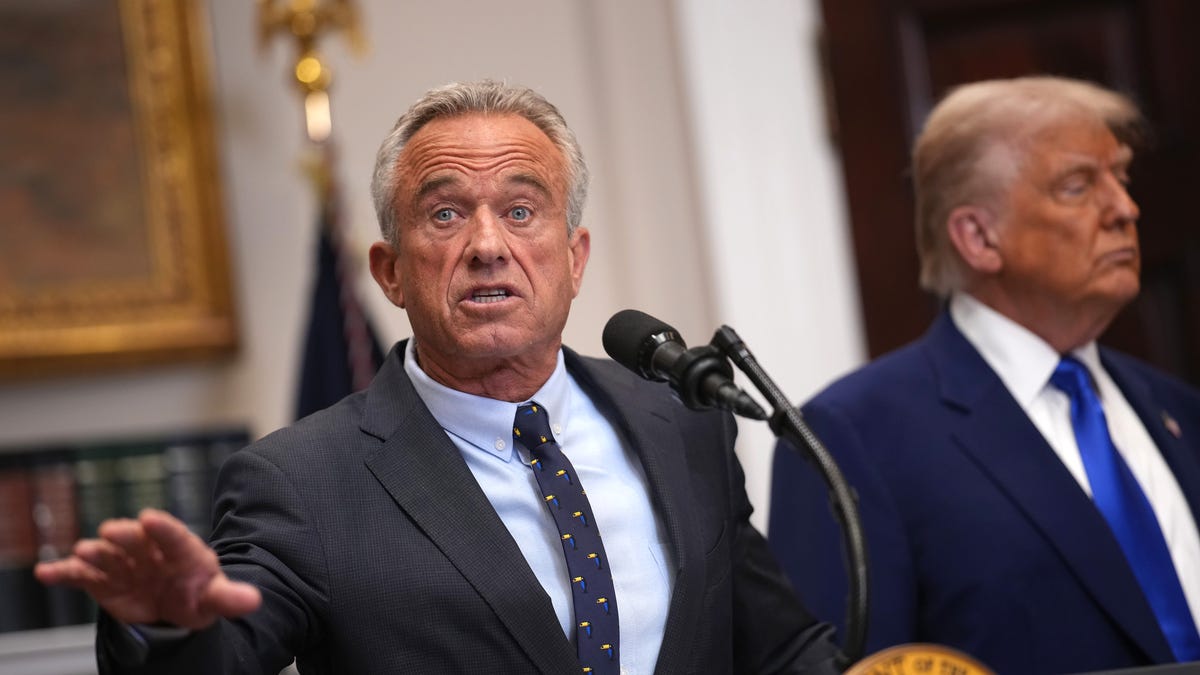The Transformation of Wellness: How Money and Masculinity Are Reshaping American Health Culture
In the past decade, the $1.5 trillion global wellness industry has dramatically reshaped American health culture, with a surprising new focus: masculinity. From 2020 to 2023, male-targeted wellness products surged by 72%, as financial investments and shifting gender norms collide. This article examines how wealth influences modern wellness trends and redefines what it means to be a “healthy man” in America today.
The Rise of the Male Wellness Consumer
Once dominated by women, the wellness industry now sees men as its fastest-growing demographic. According to McKinsey’s 2023 Consumer Wellness Survey, 58% of American men now regularly purchase wellness products—up from just 34% in 2018. This shift reflects deeper cultural changes:
- Premiumization: Men now spend 40% more than women on high-end supplements (Grand View Research, 2024)
- Testosterone optimization clinics grew 210% since 2020 (IBISWorld)
- 63% of male millennials equate self-care with status (Harris Poll)
“We’re witnessing the financialization of masculinity,” observes Dr. Ethan Cross, sociologist at Yale University. “The modern man signals success not just through cars or suits, but through his $200 nootropic stack and cryotherapy membership.”
The Financial Engine Behind Wellness Masculinity
Private equity has turbocharged this trend, with wellness startups raising $14.2 billion in 2023 alone (PitchBook). Venture capital firms specifically target male consumers through:
- Performance-based supplements ($3.2B market)
- Luxury recovery services (red light therapy, IV drips)
- AI-powered health coaching apps
However, critics argue this commodification creates unrealistic standards. “When wellness becomes a financial arms race,” warns psychologist Dr. Lisa Moreno, “it pathologizes normal aging and pressures men into endless optimization.” A 2024 Mayo Clinic study found 41% of male wellness users reported anxiety about maintaining regimens.
Case Study: The Testosterone Optimization Boom
The testosterone replacement therapy market exemplifies this intersection, projected to reach $5.6 billion by 2027 (Global Market Insights). Clinics like Hone and PeterMD combine medical services with luxury branding, offering:
- $250/month hormone subscriptions
- Concierge blood testing
- “Peak performance” coaching
“These aren’t medical facilities—they’re lifestyle brands selling virility as a commodity,” notes healthcare economist David Yuan. While some users report genuine benefits, the FDA has issued warnings about inappropriate prescribing practices.
The Social Media Amplification Effect
Instagram and TikTok have become megaphones for wellness masculinity, with #MensWellness accumulating 8.3 billion views. Influencers like Liver King (4.2M followers) promote extreme regimens, while tech executives flaunt their biohacking routines. This creates a feedback loop:
- Elites showcase expensive habits
- Platforms algorithmically boost extreme content
- Mainstream consumers emulate behaviors
A 2023 Harvard study found men who consume wellness content daily are 3x more likely to overspend on unproven modalities.
Cultural Implications and the Road Ahead
This transformation raises critical questions about equity and ethics. While affluent men access cutting-edge health tech, 28% of Americans skip care due to costs (KFF). The wellness gap may exacerbate existing health disparities along class lines.
Looking forward, industry analysts predict:
- More FDA scrutiny of direct-to-consumer wellness products
- Growth of employer-sponsored executive wellness programs
- Backlash against “toxic wellness” culture
As journalist Michael Fields concludes: “Wellness has become America’s new status battleground. Where it goes next will depend on whether we view health as a right or a luxury good.” For those navigating this complex landscape, consulting evidence-based practitioners—not influencers—remains the wisest path forward.
See more WebMD Network



